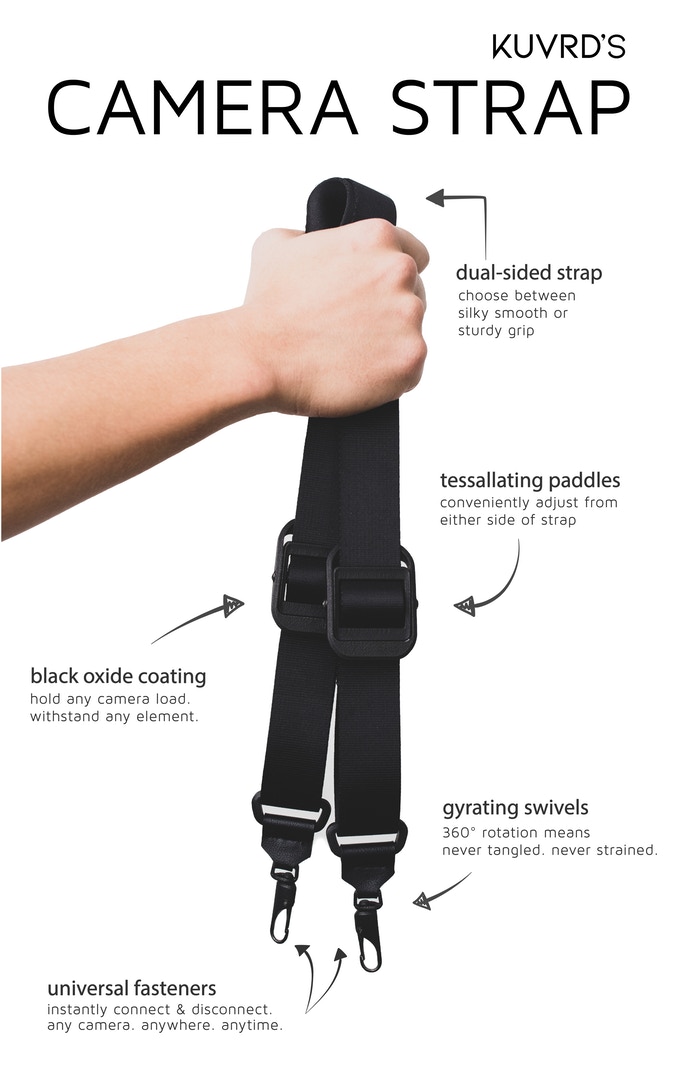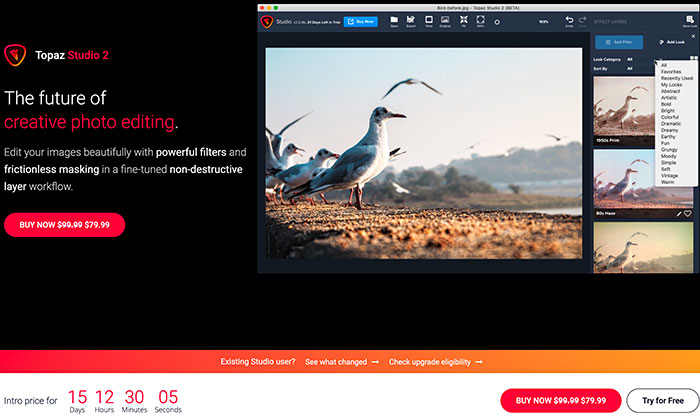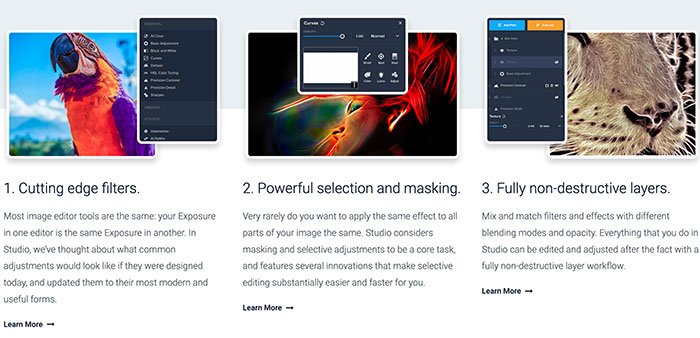The new “Universal Camera Strap” is on Kickstarter
This “universal” camera strap is now available for preorder on Kickstarter…check it out!
At last we will get a superb Video oriented RF mount camera….from RED :)
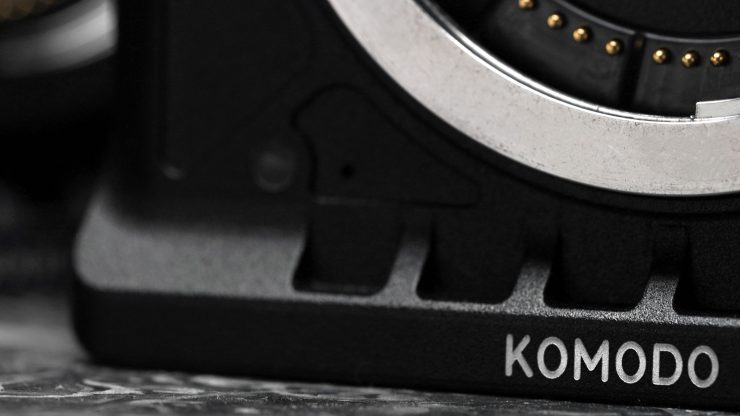
Newsshooter spotted a new image of the soon to be announced new RED Komodo cine camera. Canon surely gave them the rights to use this mount with one condition….4K should have a 2x crop! Just fooling you Canon :)
We don’t knwo what this cameras is but Newsshooter listed a frw things this camera is NOT:
- It is not DSMC3
- It is not a replacement for DSMC2
- It is not 8k VV
- It is not a Dragon or a Helium or a Gemini or a Monstro Sensor
- It does not have an HDMI port
- It does not use proprietary media
- It is not a “module”
- It is not under $5k, unless you own a Hydrogen.
- It has no XLR ports
- It does not have a fixed lens
- It’s body does not weight more than 2 pounds.
- It is not larger than 4 inches in any dimension.
Nice!
Canon Q2 financial data reports disastrous camera sales: -18,5% in sales and -64% in profit
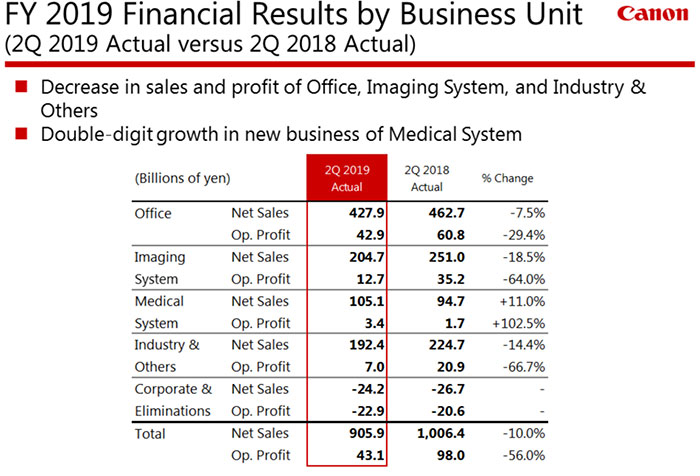
Canon did publish the new Q2 financial results (see here). As a whole the company had a -56% in gross profit. Canon blames external factors like U.S.-China trade friction and economic slowdown in China and Europe for this bad result.
But if we digg into the camera business segment it’s clear that at least in this segment the failure is due their own acts. The imaging business reported a -18,5% in sales and -64% in profit. Canon says this happened because of DSLR market contraction, particularly for entry-class models. But in their more detailed report they also admit sales in the Full Frame segment were lower than expected which probably means the Canon EOS-R and EOS-RP sales weren’t that good.
Here is what they write:
Looking at interchangeable-lens cameras, in addition to market contraction centered on entry-class DSLRs, in 2018 we launched three new products that led to a high level of sales in the second quarter of last year. As a result, unit sales for the second quarter this year were down 22% to 1.08 million. Against this backdrop, we successively launched strategic full-frame models into the mirrorless camera market from the second half of last year. The introduction of a high-end model, further heightened our presence in the market and at the same time had a positive impact on overall sales of our mirrorless cameras.
On the other hand, in the full-frame category of the market where price competition is increasing, as a result of prioritizing profitability, unit sales were below our target. However, for interchangeable-lens cameras overall, our unit sales were in line with our plan. As a result, we retained our full-year projection for unit sales. In terms of revenue, we did lower our projection to reflect a change in product mix to our plan.
Future plans:
However, in the second half of the year we will stimulate sales through the launch of new lenses. Specifically, we will enhance our lineup launching 5 new lenses for mirrorless cameras. Through kit sales that leverage our broad range of mirrorless camera lenses and by bundling cameras with accessories like our lens adapter that makes it possible to use our existing rich lens lineup we will promote further expansion of mirrorless camera sales. In addition, we will further strengthen our efforts to generate user interest in our mirrorless cameras. As a large percentage of high-end models purchases involve the customer actually handling the model and trying it out before buying, in major cities in Japan and other markets, we will create even more touch points for users, proactively expanding opportunities to actually experience our products. Additionally, for professional photographers, we will foster trust in our products, offering, among others, enhanced support at international sports events. Through these measures, we will further raise our presence in the market for high-end models, which will also have a rippling effect on more volume oriented cameras and subsequently link this to a further boost in sales.
As for compact cameras, sales were in line with our plan. As such, we maintain our full-year unit sales projection. Through the launch of new products, we will raise the proportion of sales attributable to premium G series models and link this to improved profitability.
Canon has also revised down their forecast:
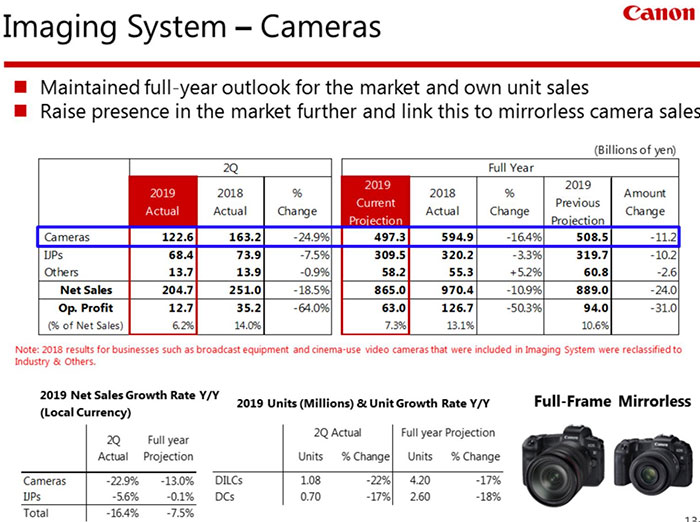
They are now paying the price for the lack of innovation and their classic conservative Leader attitude.
First Canon EOS M6 Mark II spec rumors…
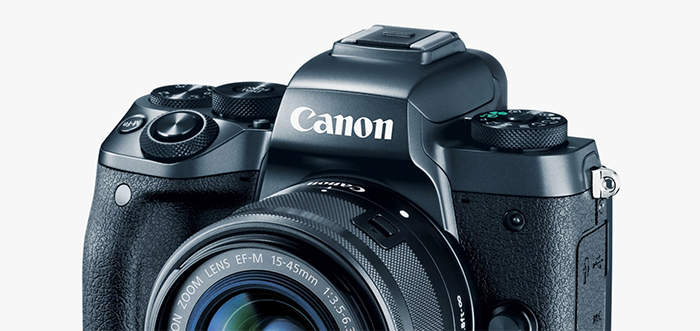
These are the first unreliable rumored Canon EOS M6 Mark II specs
- 32.5 mp APS-C CMOS sensor (new sensor technology for higher dynamic range)
- DIGIC 8+ Imaging Processor
- 4K up to 30p (with no crop or 1.3x no pixel binning crop), Full HD up to 180p
- No Canon Log but new Movie Picture Style
- Dual Pixel AF Focus Guide
- New Selfie mode and Vlog mode
- Enhanced Movie IS
- High-speed continuous shooting at a maximum of 16 FPS (with AE/AF)
- RAW Burst mode at 30 FPS (with AE/AF)
- Dual Pixel AF with expanded area
- Eye AF (tracking possible)
- Electronic shutter 1/16000s
- Focus Bracketing
- Supports external electronic viewfinder
- USB-C charge power supply
Source: CanonRumors Via: CanonWatch
Topaz Studio 2 launched!
The new Topaz Studio 2 has been announced. You get it on sale now for $79.99 before August 9th.
Press text:
A workflow devoted entirely to creative photo post-processing.
Topaz Studio 2 has only one purpose: creative photo editing. This starts after you select your image and ends when you export your finished work. It’s designed specifically around the artisanal post-processing workflow of carefully crafting a single image to your vision.
Studio is the editor to use when you want jaw-dropping images and you’re not afraid to spend the time to get them. It’s for creating works that push the bounds of your artistic vision; the few that you know you’ll look back upon in years as one of your best creations.
That’s why you won’t find library management, design tools, batch editing, or other common “image editor” tools in Studio. There’s a lot of photo editors out there that help you manage your workflow and make minor contrast adjustments. Topaz Studio is not intended for that. If it doesn’t contribute to the vision of creating singularly beautiful images through post-processing, then we’re not including it.
Instead, Topaz Studio 2 focuses on doing three things well. We consider these the product’s guiding design principles and firmly believe that they will make your creative workflow both easier and faster.
Check out all new Topaz Studio 2 features on this page!
